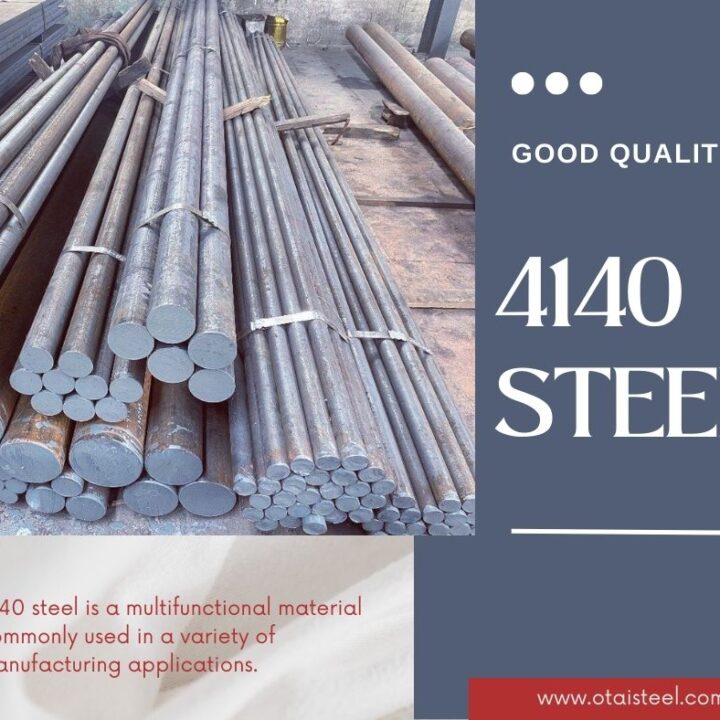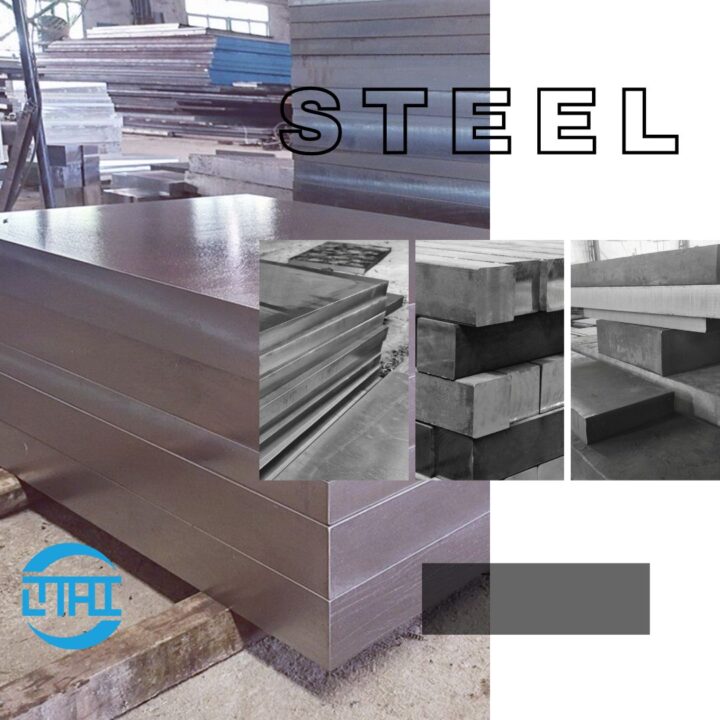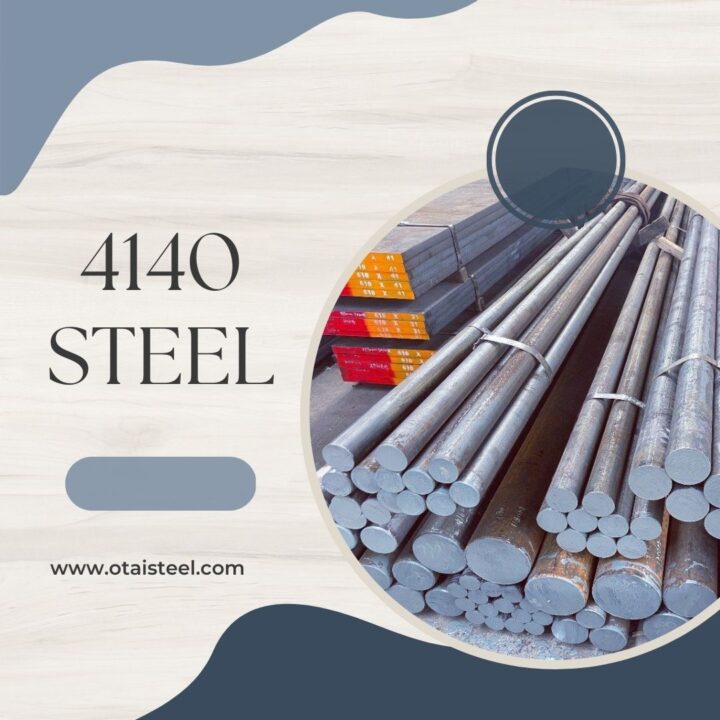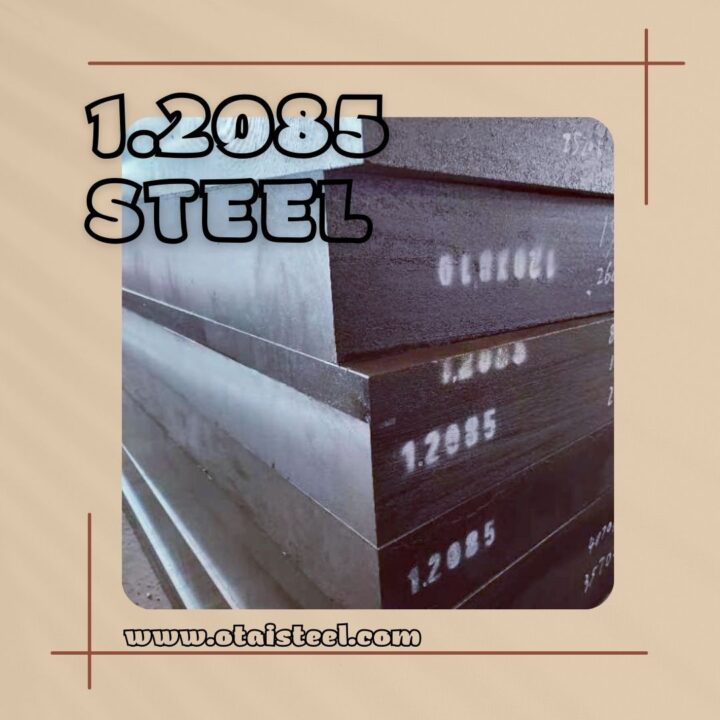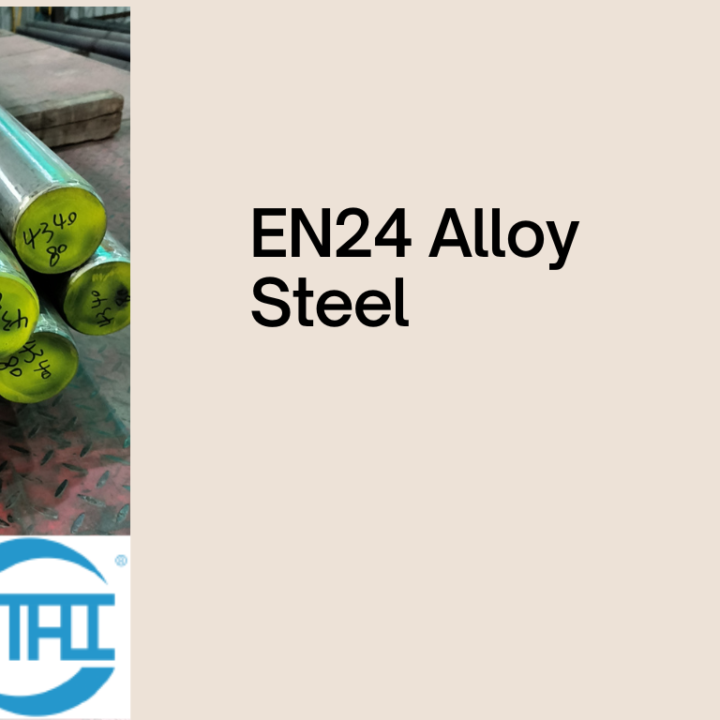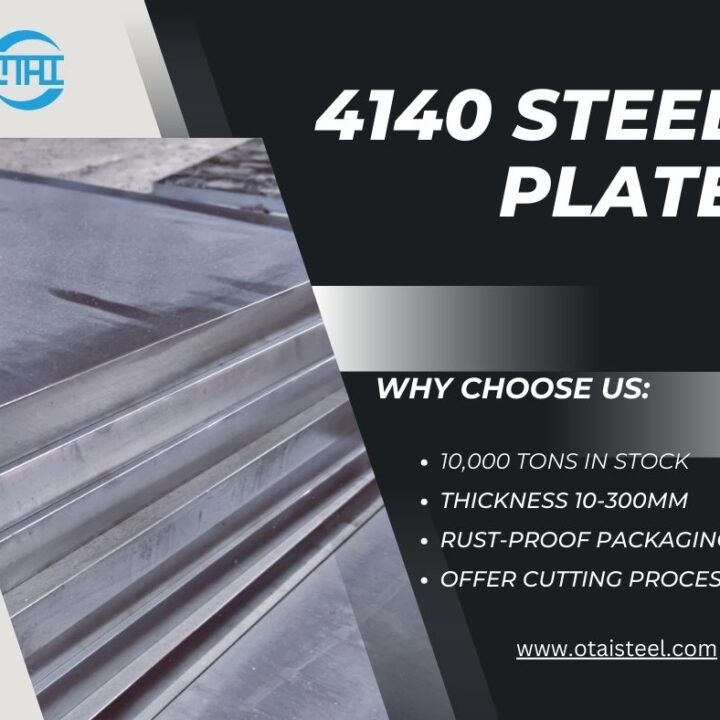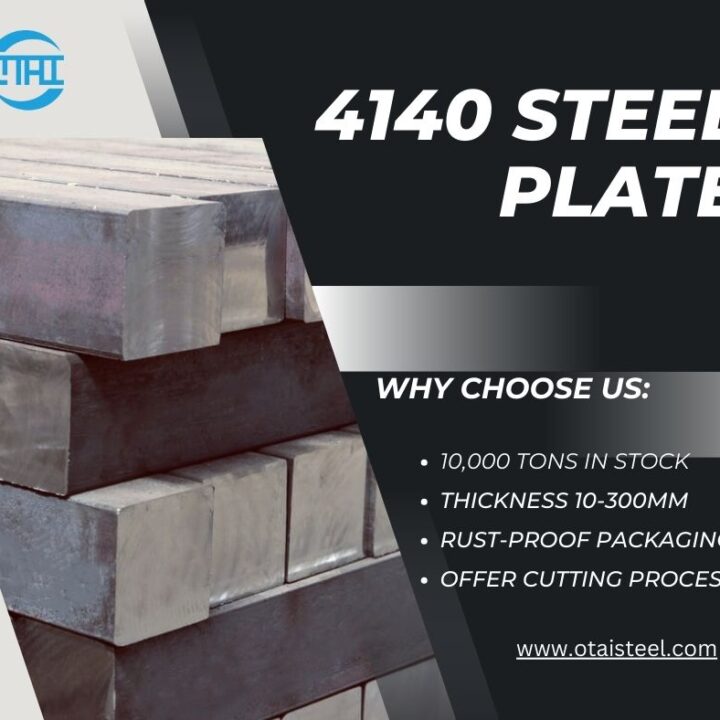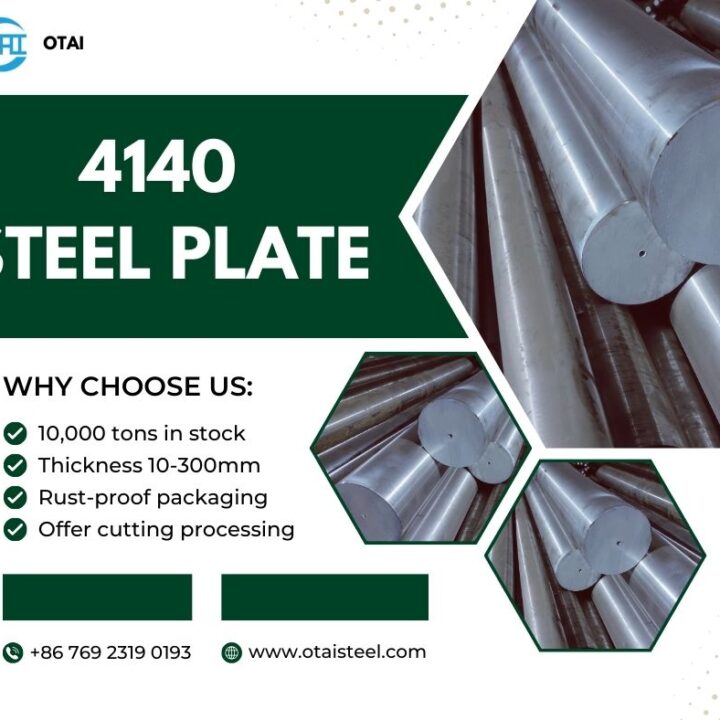4140 steel is a popular low-alloy steel known for its excellent strength, toughness, and wear resistance. However, the specific properties of 4140 steel can be significantly influenced by the presence of alloying elements.
Role of Alloying Elements
Alloying elements play a vital role in modifying the properties of 4140 steel. They contribute to the steel’s strength, hardness, toughness, and other desirable characteristics. The primary alloying elements in 4140 steel are chromium, molybdenum, and carbon, each with its unique effects on the material.
Impact of Chromium on 4140 Steel
Chromium is a key alloying element in 4140 steel. It enhances hardenability, corrosion resistance, and wear resistance. The addition of chromium forms chromium carbides, which increase the steel’s hardness and contribute to its ability to resist abrasion and wear. Moreover, chromium improves the steel’s resistance to corrosion and oxidation, making it suitable for applications in challenging environments.
Influence of Molybdenum on 4140 Steel
Molybdenum is another crucial alloying element in 4140 steel. It enhances the steel’s strength, toughness, and heat resistance. Molybdenum promotes the formation of fine grain structures during the heat treatment process, leading to improved strength and toughness. It also contributes to the steel’s ability to withstand high temperatures, making it suitable for applications involving elevated heat.
Effects of Carbon Content on 4140 Steel
Carbon content plays a significant role in determining the hardness and strength of 4140 steel. Increasing carbon content enhances the steel’s hardness and strength through the formation of more carbides. However, excessive carbon content can lead to reduced toughness and increased brittleness. The optimal carbon content in 4140 steel strikes a balance between hardness and toughness, ensuring the material’s overall performance.
Contribution of Other Alloying Elements
In addition to chromium, molybdenum, and carbon, 4140 steel may contain other alloying elements such as manganese, silicon, and nickel. These elements contribute to specific properties and characteristics of the steel. For example, manganese improves hardenability, silicon enhances strength and machinability, and nickel improves toughness and impact resistance.
Synergistic Effects of Alloying Elements
The combination of different alloying elements in 4140 steel produces synergistic effects, resulting in a material with superior properties. The interaction between chromium, molybdenum, carbon, and other elements leads to enhanced strength, hardness, toughness, and wear resistance. The precise balance of alloying elements ensures that 4140 steel meets the requirements of various demanding applications.
Applications and Benefits of 4140 Steel
4140 steel, with its tailored properties due to alloying elements, finds applications in numerous industries. It is commonly used in the production of high-strength components, such as gears, shafts, bolts, and structural parts. The combination of strength, toughness, and wear resistance makes it ideal for applications requiring durability and reliability under demanding conditions.
The benefits of 4140 steel include:
- High tensile strength and hardness
- Excellent wear and abrasion resistance
- Good impact resistance and toughness
- Improved corrosion resistance
- Enhanced heat resistance
The precise combination and balance of these elements ensure that 4140 steel meets the requirements of various applications, making it a versatile and reliable material in numerous industries.
